Top 5 Design Trends for Small Businesses in 2024
In the dynamic world of design, staying ahead of the curve is crucial for small businesses looking to stand out. Design trends evolve rapidly, driven by technological advancements, cultural shifts, and consumer preferences. For entrepreneurs, creatives, and small businesses, keeping up with these trends can be a game-changer. In this blog post, we'll explore the top five design trends for small businesses in 2024 and how you can incorporate them into your branding and marketing strategies.
1. Minimalist Design with Bold Accents
Minimalism continues to dominate the design landscape, but in 2024, it's all about adding bold accents to create visual interest. This trend is characterized by clean lines, ample white space, and a focus on simplicity, paired with vibrant pops of color or striking graphic elements.
Why It Works:
Clarity: Minimalist design allows your message to come through clearly without distractions.
Sophistication: It exudes a sense of elegance and modernity.
Versatility: Works well across different platforms and media.
How to Implement:
Use Bold Colors Sparingly: Add vibrant accents in strategic areas, such as call-to-action buttons, headlines, or key visuals.
Focus on Typography: Choose bold, distinctive fonts to create a striking contrast against the minimalist backdrop.
Incorporate Geometric Shapes: Use simple geometric shapes to add visual interest without cluttering the design.
2. Organic and Hand-Drawn Elements
In 2024, there's a growing shift towards authenticity and individuality, which is reflected in the trend of incorporating organic and hand-drawn elements. This design trend adds a personal touch and humanizes the brand, making it more relatable and approachable.
Why It Works:
Uniqueness: Hand-drawn elements make your brand stand out in a sea of digital perfection.
Relatability: Adds a personal, authentic feel that resonates with audiences.
Versatility: Can be used in logos, icons, illustrations, and backgrounds.
How to Implement:
Use Custom Illustrations: Incorporate hand-drawn illustrations that reflect your brand’s personality and values.
Add Texture: Use organic textures like watercolor washes, pencil sketches, or ink splatters to add depth and interest.
Mix Digital and Hand-Drawn Elements: Combine digital design with hand-drawn elements for a balanced and unique look.
3. Immersive 3D Visuals
With advancements in technology, 3D design is becoming more accessible and prevalent. Immersive 3D visuals create a sense of depth and realism that captivates audiences and enhances user experience.
Why It Works:
Engagement: 3D visuals are eye-catching and engaging, encouraging users to interact with your content.
Realism: Adds a layer of realism that makes your design more compelling.
Innovation: Demonstrates that your brand is forward-thinking and innovative.
How to Implement:
Use 3D Illustrations: Integrate 3D illustrations and animations into your website, social media, and marketing materials.
Create Interactive Experiences: Develop interactive 3D experiences, such as virtual tours or product demos, to engage users.
Enhance Product Visuals: Use 3D rendering to showcase your products in a more realistic and detailed way.
4. Sustainable and Eco-Friendly Design
Sustainability is more than a trend; it's a movement that's shaping consumer behavior and brand perception. Eco-friendly design reflects your brand's commitment to sustainability and resonates with environmentally conscious consumers.
Why It Works:
Alignment with Values: Shows that your brand cares about the environment and aligns with consumer values.
Positive Brand Image: Enhances your brand's reputation and credibility.
Differentiation: Sets your brand apart as a leader in sustainability.
How to Implement:
Use Sustainable Materials: Choose eco-friendly materials for packaging and printed materials.
Incorporate Green Elements: Use natural colors, earthy textures, and eco-themed visuals in your design.
Highlight Sustainability: Communicate your sustainability efforts through your design and messaging.
5. Dynamic and Interactive Content
As user engagement becomes increasingly important, dynamic and interactive content is gaining traction. This trend involves creating content that users can interact with, making the experience more engaging and memorable.
Why It Works:
Higher Engagement: Interactive content captures attention and encourages user participation.
Better Retention: Users are more likely to remember and engage with interactive content.
Enhanced User Experience: Provides a more immersive and enjoyable experience.
How to Implement:
Use Interactive Infographics: Create infographics that users can interact with, such as clicking on elements for more information.
Develop Interactive Videos: Produce videos that allow users to make choices or explore different outcomes.
Create Polls and Quizzes: Integrate polls, quizzes, and surveys into your content to encourage user participation.
Conclusion
Staying ahead of design trends is essential for small businesses looking to differentiate themselves and connect with their audience. By incorporating these top design trends for 2024—minimalist design with bold accents, organic and hand-drawn elements, immersive 3D visuals, sustainable design, and dynamic interactive content—you can create a compelling and memorable brand experience. Remember, the key to successful design is not just following trends but adapting them to fit your brand’s unique identity and values. Embrace these trends, and watch your small business thrive in the ever-evolving design landscape.
